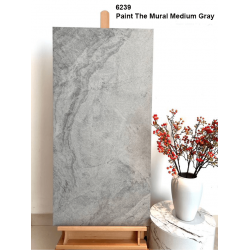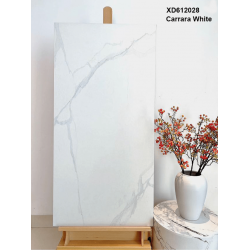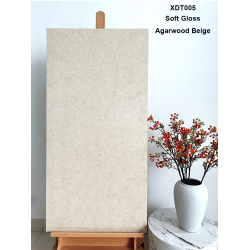5 Reasons Why Tiles Arch Up! 4 Essential Tips to Consider Before Renovation

As living standards improve, the demand for home decoration has increased. Among the essential decorative materials, floor tiles play a crucial role. However, it is not uncommon to find tiles arching up after some time of use. This not only affects the aesthetics but also poses a safety threat. In this article, we will explore the reasons behind tile arching and provide some valuable advice to help you better understand tile characteristics and prevent tile arching during renovation.
1. Weak Adhesion between Cement Mortar and Tiles:
During tile installation, cement mortar is used to secure the tiles to the floor. If the adhesion between the cement mortar and tiles is weak, external forces can easily cause the tiles to arch. Factors such as long-term foot traffic or excessive pressure can contribute to tile arching. Additionally, an incorrect ratio of cement mortar can affect tile stability and result in arching.
Solution: Before installing tiles, it is essential to carefully check the ratio of cement mortar and ensure a strong adhesion between the cement mortar and tiles.
2. Uneven Subfloor Surface:
Uneven subfloor surfaces are a significant cause of tile arching. When the subfloor is not level, the contact area between the cement mortar and the floor is uneven, leading to insufficient support for some tiles and resulting in arching.
Solution: Prior to tile installation, a thorough inspection of the subfloor is necessary. If needed, self-leveling cement or other floor treatment materials should be used to achieve a smooth surface.
3. Thin or Oversized Tiles:
Thin or oversized tiles can also contribute to tile arching. Thin tiles are prone to deformation due to external forces, leading to arching. On the other hand, oversized tiles have a larger surface area, making it challenging to distribute forces evenly, resulting in inadequate support for certain areas and causing arching.
Solution: When selecting tiles, pay attention to their size and thickness. Choose tiles that are suitable for the intended purpose, and during installation, ensure even contact between the tiles and the floor.
4. Tile Arching Due to Temperature and Humidity Changes:
Temperature and humidity variations are significant factors contributing to tile arching. When exposed to significant temperature or humidity changes, tiles can undergo expansion or contraction, resulting in arching.
Solution: Before tile installation, it is crucial to regulate the environmental temperature and humidity to minimize tile deformation caused by such changes.
5. Quality Issues with Tiles:
Quality problems with tiles are another significant factor leading to arching. Manufacturing defects such as uneven adhesive application on the back of tiles or cracks can affect the lifespan of tiles, resulting in arching.
Solution: When choosing tiles, opt for products from reputable manufacturers, and carefully inspect the quality before purchasing.
Conclusion:
Tile arching is a common issue in home renovations, but it can be prevented. By checking the ratio of cement mortar, treating the subfloor surface, selecting suitable tiles, regulating temperature and humidity, and ensuring tile quality, we can avoid tile arching. This will result in a more aesthetically pleasing, stable, and safe home environment.








